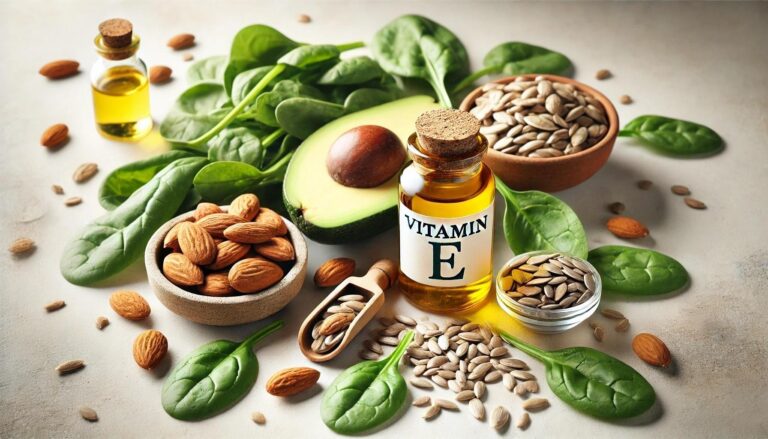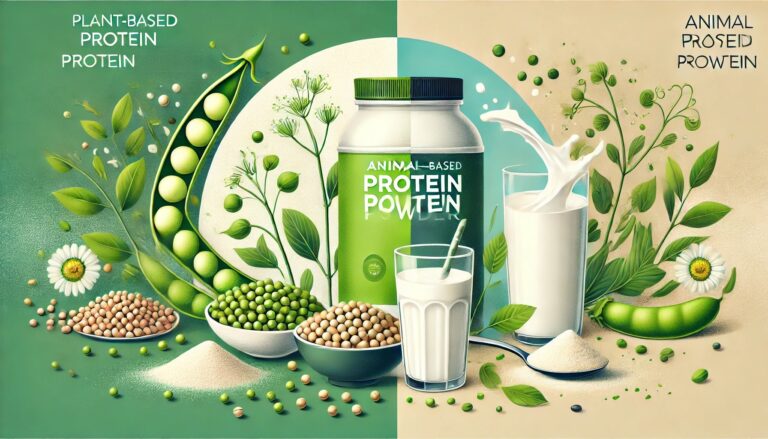In recent years, high-protein diets have gained significant attention, especially in the field of fat loss. Studies show that increasing protein intake can enhance fat loss, protect muscle mass, and improve metabolic health. But why does a high-protein diet help with fat loss? How can you plan a scientific high-protein diet?
This article answers these questions and provides practical dietary suggestions to help you achieve your fat-loss goals efficiently.
What is a High-Protein Diet?
A high-protein diet is one in which protein accounts for 25%-35% of daily caloric intake, with a moderate reduction in carbohydrates and fats. The key benefits of this diet include:
• Enhancing satiety and reducing overeating
• Preserving lean body mass (e.g., muscle) to prevent muscle loss during fat loss
• Boosting metabolism and increasing calorie burn
Protein, composed of amino acids, is an essential macronutrient for maintaining bodily functions. Common high-protein foods include lean meats, fish, eggs, dairy products, beans, and nuts.
How Does a High-Protein Diet Promote Fat Loss?
1. Enhances Satiety and Reduces Caloric Intake
Protein has a strong satiating effect because it regulates hunger hormones like ghrelin and satiety hormones like PYY. Compared to carbohydrates and fats, protein helps reduce hunger for a longer time, thereby lowering overall calorie intake.
2. Increases Calorie Burn
Protein has a higher thermic effect (TEF) than carbohydrates and fats. TEF refers to the calories burned during digestion, absorption, and metabolism of food. Protein’s TEF is about 20%-30%, compared to 5%-10% for carbohydrates and 0%-3% for fats. This means a high-protein diet helps burn more calories, even at rest.
3. Protects Muscle Mass
Muscle loss is a common issue during fat loss. A high-protein diet provides sufficient amino acids to support muscle repair and growth, preserving lean body mass. Maintaining muscle mass also increases basal metabolic rate (BMR), accelerating fat burning.
4. Improves Fat Distribution
Research shows that a high-protein diet reduces visceral fat and improves overall fat distribution. This not only enhances appearance but also lowers health risks associated with obesity, such as cardiovascular diseases and type 2 diabetes.
5. Stabilizes Blood Sugar Levels
Protein slows down digestion, reducing blood sugar fluctuations. Stable blood sugar levels help control hunger and minimize insulin secretion, promoting fat breakdown.
How to Create a Scientific High-Protein Fat-Loss Diet Plan?
1. Calculate Protein Requirements
Protein needs vary depending on body weight and activity level. A general guideline is:
• Sedentary individuals: 1.2-1.6 grams of protein per kilogram of body weight
• Active individuals: 1.6-2.2 grams of protein per kilogram of body weight
For example, a 60 kg individual should consume 72-96 grams of protein per day.
2. Choose High-Quality Protein Sources
High-quality proteins provide essential amino acids while keeping calorie intake in check. Recommended protein sources include:
• Animal proteins: Chicken breast, fish (e.g., salmon, tuna), lean beef, eggs, and low-fat dairy
• Plant proteins: Legumes (e.g., chickpeas, black beans), lentils, nuts, seeds, and quinoa
3. Balance Macronutrients
While protein is the focus, proper amounts of carbohydrates and fats are equally important:
• Complex carbohydrates: Brown rice, whole-grain bread, oats, fruits, and vegetables provide sustained energy and dietary fiber.
• Healthy fats: Avocados, olive oil, nuts, and seeds help maintain cellular function and hormonal balance.
4. Control Caloric Intake
The fat-loss benefits of a high-protein diet depend on maintaining a caloric deficit (calories consumed < calories burned). A daily deficit of 300-500 calories is recommended for healthy fat loss of 0.5-1 kg per week.
5. Stick to a Regular Eating Schedule
Avoid extreme calorie restriction or unhealthy fasting. Maintain a regular eating pattern with 3 balanced meals or 4-5 smaller meals to sustain energy and satiety throughout the day.
Things to Watch Out for in a High-Protein Diet
1. Avoid Overconsumption
Excessive protein intake can strain the kidneys and lead to side effects like constipation or bad breath. Follow recommended protein amounts and avoid extreme dietary habits.
2. Diversify Protein Sources
Relying on a single protein source can cause nutrient imbalances. Incorporate a variety of protein-rich foods for a well-rounded diet.
3. Stay Hydrated
High-protein diets increase metabolic waste production, so adequate water intake is essential to help flush toxins and prevent dehydration.
4. Combine with Exercise
The best results from a high-protein diet come with regular exercise, especially strength training and cardio. Strength training promotes muscle growth, while cardio aids in fat burning.
Sample High-Protein Fat-Loss Diet Plan
Here’s a sample daily meal plan:
Breakfast
• 2 boiled eggs
• 1 slice of whole-grain bread
• Half an avocado
• 1 cup of unsweetened soy milk
Snack
• A handful of almonds or walnuts
• 1 apple
Lunch
• Grilled chicken breast (150g)
• Quinoa (100g)
• Steamed broccoli and carrots
• 1 bowl of seaweed soup
Afternoon Snack
• 150g Greek yogurt
• A few blueberries
Dinner
• Steamed fish (e.g., salmon, 200g)
• Brown rice (100g)
• Boiled spinach and asparagus
Conclusion
A high-protein diet is a scientific and effective method for fat loss. It helps control appetite, boosts metabolism, preserves muscle mass, and improves overall health. However, to achieve the best results, it’s essential to plan your diet based on individual needs, pair it with regular exercise, and maintain a balanced lifestyle.
We hope this guide provides you with practical tips to help you reach your fat-loss goals while enjoying a healthier and more fulfilling life.




















